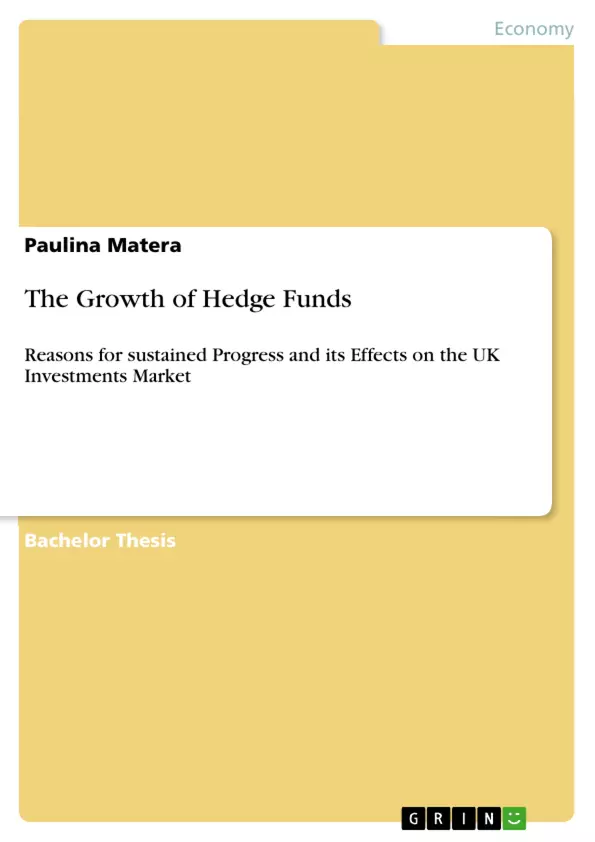The hedge fund industry made its comeback in 2010 exhibiting an imposing growth. Global hedge fund assets augmented 11 percent to USD 2.02 trillion by the end of 2010 up from USD 1.82 trillion in the previous year. This took the industry back up to levels last seen in 2006 although still below the 2007 historic peak of more than USD 2.6 trillion. These capital inflows at a growing rate indicate that (institutional) investors keep on perceiving hedge funds as attractive alternative investment vehicles differing from traditional asset classes. Despite highly unstable and recessionary markets, many hedge fund managers succeeded in delivering robust returns.
Table of Contents
- Executive summary
- Historical background
- Regulatory framework
- Categories of Regulated Fund
- Authorisation of OEICS
- Authorisation of AUTs
- UCITS and NURS
- Investment Trust Company
- Marketing the Fund
- Taxation of the AIF
- Transparency
- Remuneration
- Operational and Organisational Requirements
- Regulated activities
- 'Authorised Persons' and 'Approved Persons'
- Proposed Changes And Developments
- Conclusion
- Reference List
- Appendix A. Hedge Fund Investment Partnership
Objectives and Key Themes
This document provides a comprehensive overview of the hedge fund industry in the UK, focusing on its historical development, regulatory framework, operational requirements, and key considerations for its growth. It aims to analyze the factors that have contributed to the sustained progress of this sector and its impact on the UK investments market.
- The historical background and growth of the hedge fund industry in the UK
- The regulatory framework governing hedge funds and its impact on the industry
- Operational requirements for establishing and managing hedge funds in the UK
- Key considerations for hedge fund managers and investors, including taxation, transparency, and remuneration
- Proposed changes and developments within the hedge fund industry.
Chapter Summaries
The document begins with an executive summary outlining the impressive growth of the hedge fund industry, particularly in 2010, highlighting the continuing appeal of hedge funds as an alternative investment vehicle. The historical background chapter then delves into the factors that contributed to the industry's rise in the 1990s, including deregulation, London's financial hub status, and favorable economic conditions. It also explores the impact of the 2008 financial crisis on the industry.
The regulatory framework chapter examines the legal requirements for managing hedge funds in the UK, focusing on the authorization and regulation of fund operators, as well as the application of the FSA's rules. The chapter also explores the implications of the EU Markets in Financial Instruments Directive for UK hedge fund managers.
The operational requirements section focuses on the specific legal and regulatory considerations for establishing and managing hedge funds, depending on the jurisdiction in which the fund is established.
Keywords
The key topics and concepts explored in this document include hedge fund industry, UK investments market, regulatory framework, operational requirements, taxation, transparency, remuneration, authorized persons, approved persons, proposed changes and developments, and the impact of the financial crisis.
- Citar trabajo
- Paulina Matera (Autor), 2013, The Growth of Hedge Funds, Múnich, GRIN Verlag, https://www.grin.com/document/963344



